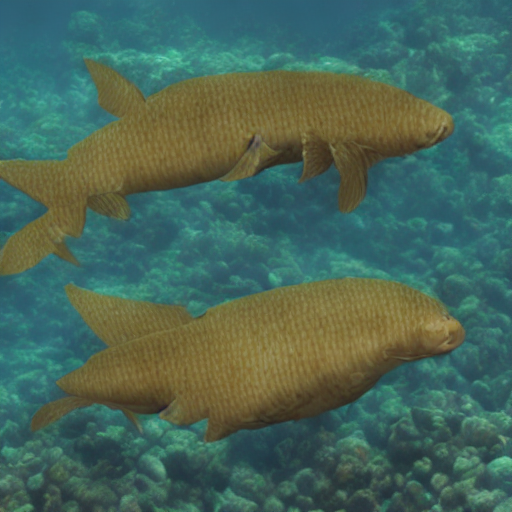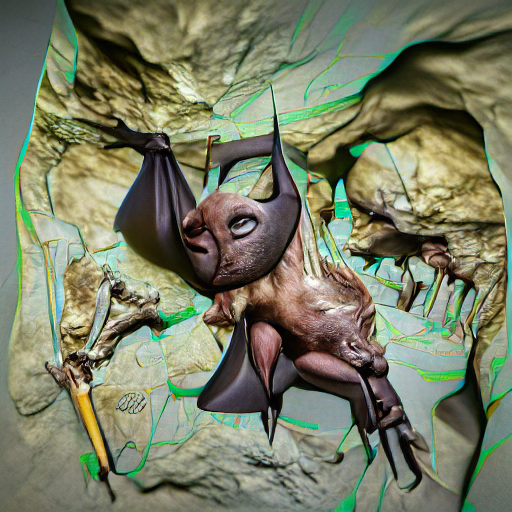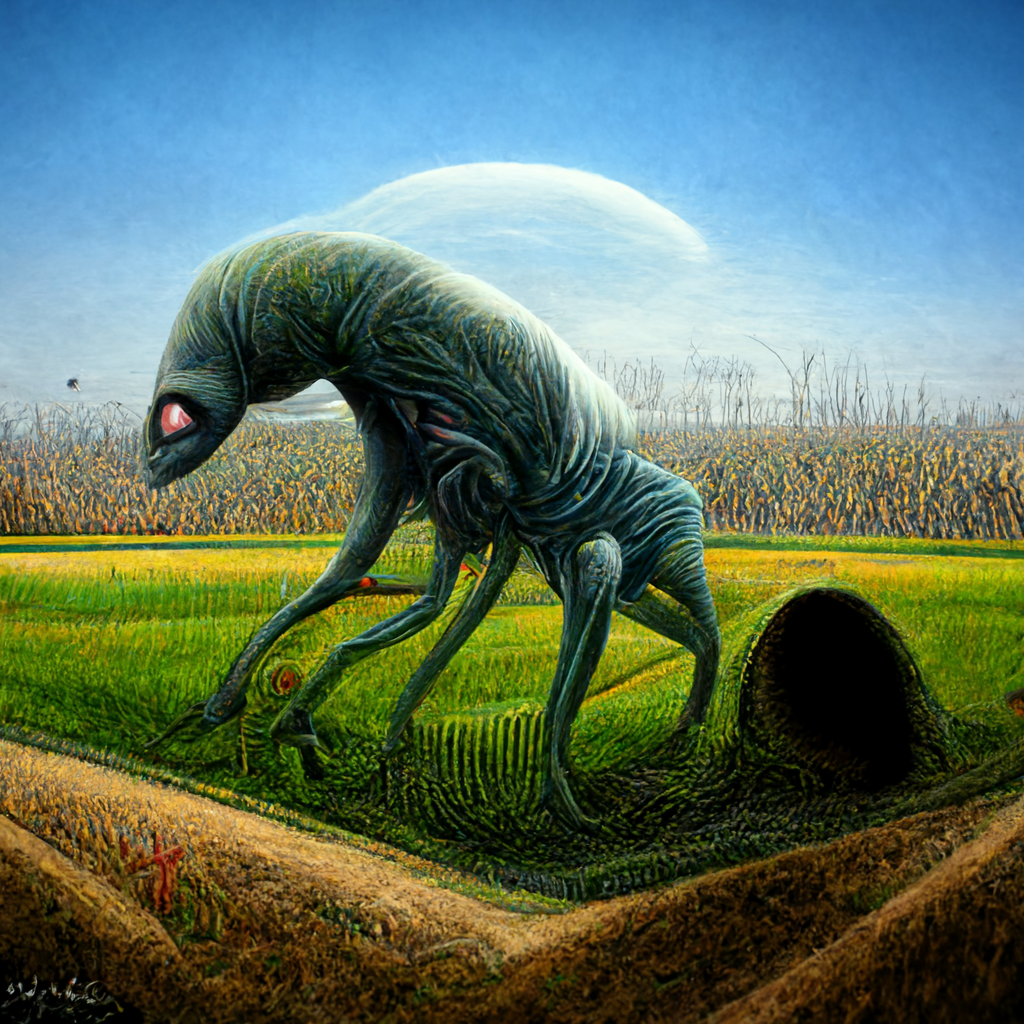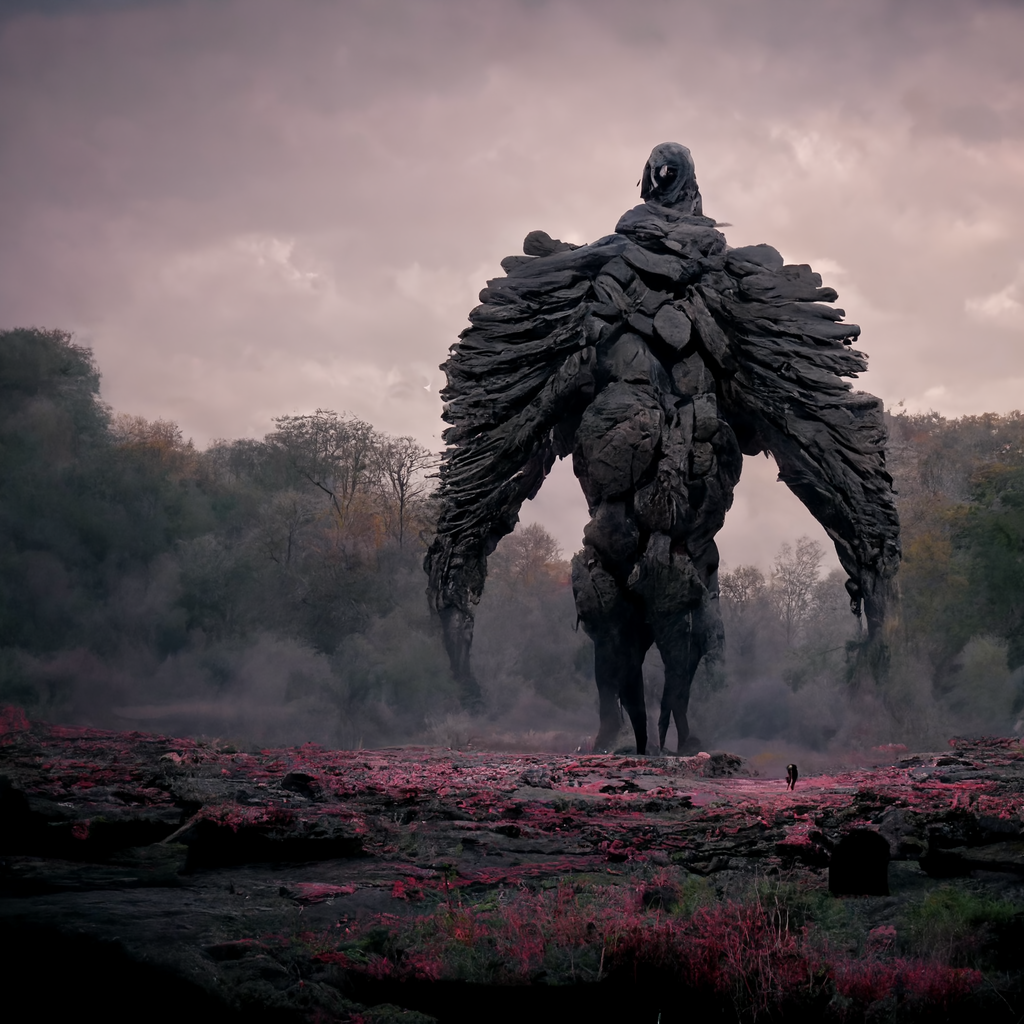

Zajg (spelled zayg in some locales) are a faceless fish common in warm reefs. These large trawlers use a version of echolocation that provides better information about their surroundings compared to typical fish eyesight. This sensory system allows zajg to dominate their habitats using tactical positioning and almost-omniscient knowledge of what is happening where. Although zajg reproduce often, their populations are often controlled by local fishermen.
Explore an endless universe of ficticious life on NovelGens.





